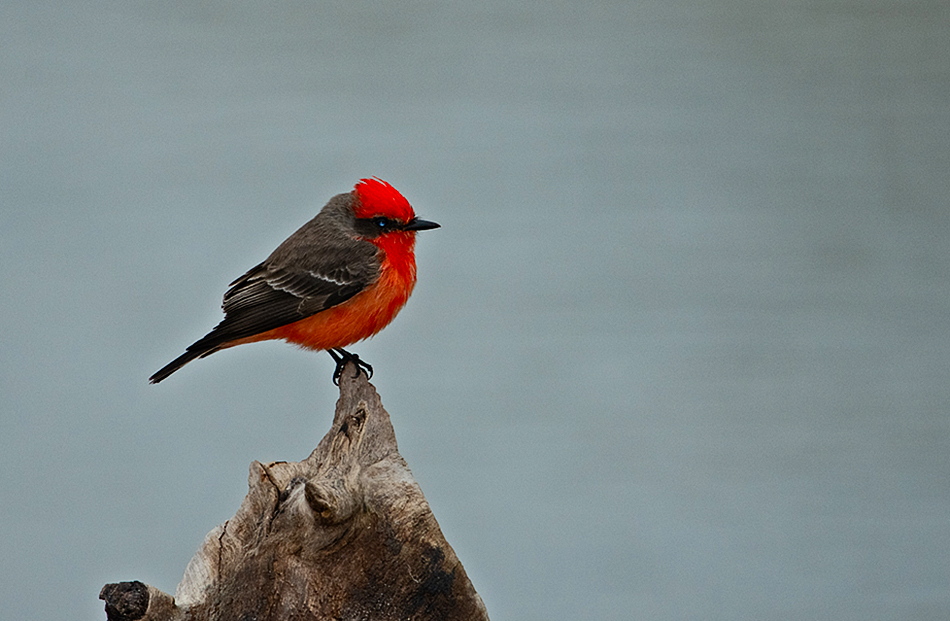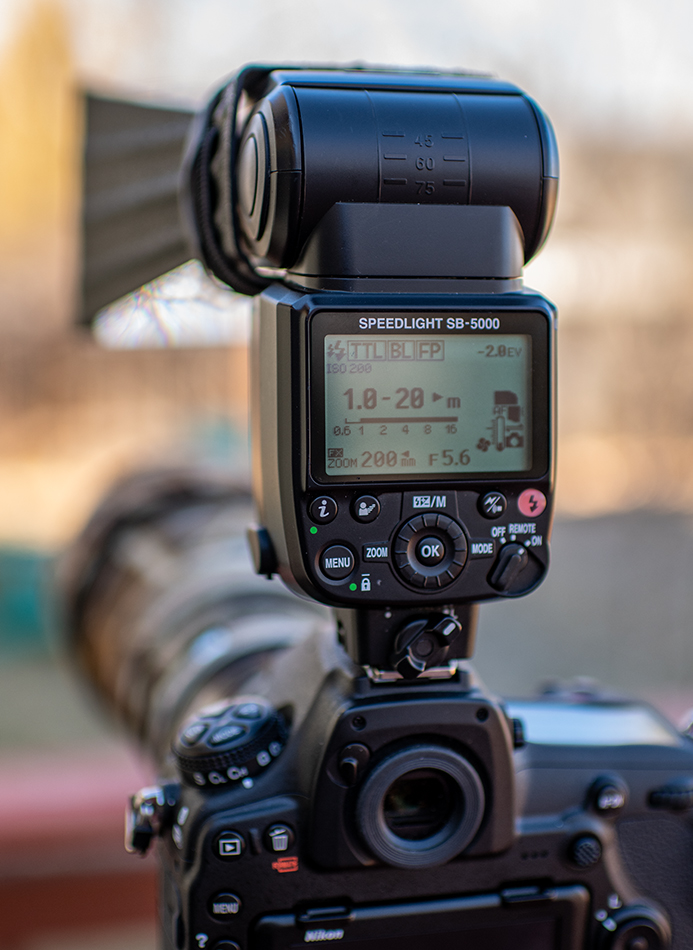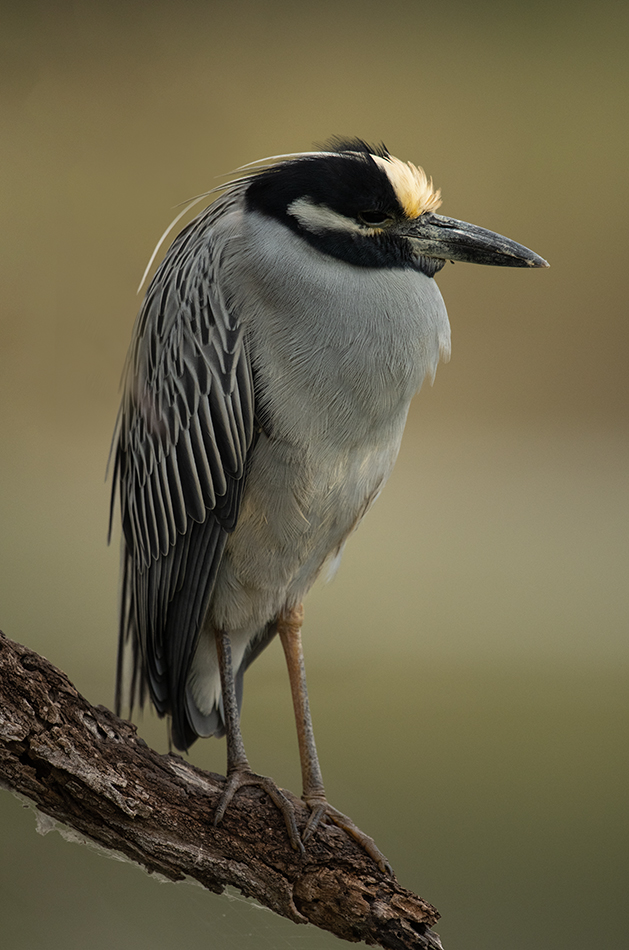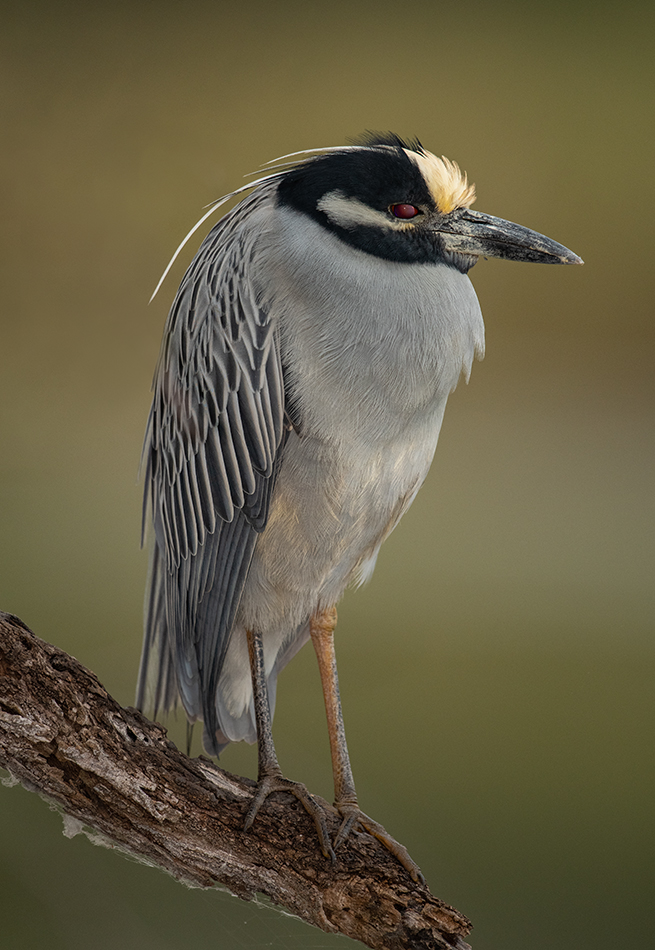
Edinburg, Texas.
As part of my earlier post on flash extenders, I wanted to follow up with a simple post on flash exposure using a Better Beamer or similar product. You have two main choices for flash mode, Manual or a TTL mode. Manual flash is just that; the flash pops at whatever power setting you are using with no metering in conjunction with the camera. Manual flash can work fine for a tele-flash situation….especially if you are shooting at a fixed distance from where your bird will land…i.e. a feeder or perch. If you are chasing scarlet macaws through the jungle, then you might consider a TTL mode. In a fill flash balanced TTL mode, the camera and flash determine exposure and add a nice supplemental pop of light. Fill flash takes the background into consideration and tries to blend exposure between ambient light and flash.

For Nikon users, I often use TTL BL mode. In a balanced fill flash mode, the camera and flash are determining exposure based on the background and subject. In a perfect world you would get an image that has some flash on the subject, and the background is still obvious and well exposed. I’ve found TTL BL works fine, but I normally set my flash compensation to around -1.5 or -2. This reduces the flash output to be less visible, but enough power to improve color, contrast and catchlight.

Edinburg, Texas.
Take a look at this night heron. It is an overcast day, so the light is pretty flat. Not bad light for a wildlife shot, but the images lacks a ‘snap’, and the bird’s eyes are dead spots.

Edinburg, Texas.
Here is the same bird with a little balanced TTL flash at a reduced power setting. Now the colors snap, there is more contrast, and the bird’s red eye is visible. Note this is the natural color of the bird’s eye, not red eye caused by the flash. Red eye can be a problem when the flash is on the same axis as the lens. Some tele-flash brackets mount the flash slightly above the lens to minimize this effect. I normally don’t worry about it too much…red eye can occur once in awhile, but it will depend on the bird position and distance to the camera. The vermillion flycatcher at the top of this post has nice catchlights but no red eye…and this is with the flash mounted directly on the camera.
Remember it is important not to disturb the wildlife. Some areas wildlife flash photography is not allowed…the last thing you want to do is bother wildlife. But if it is allowed, and you need to add some catchlights or fill in shadows on a sunny day, try some tele-flash on your subject.